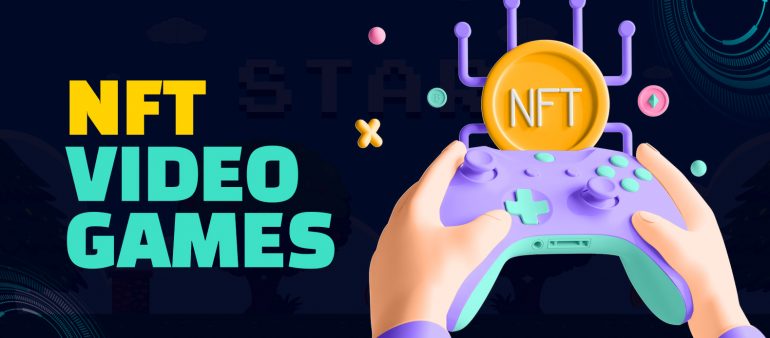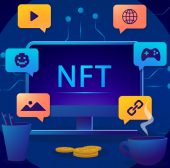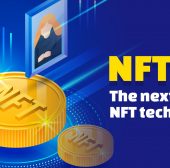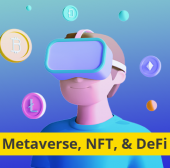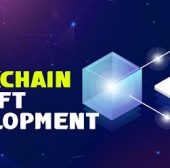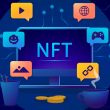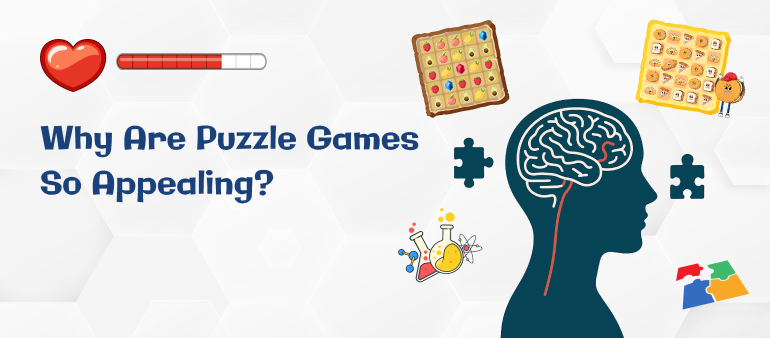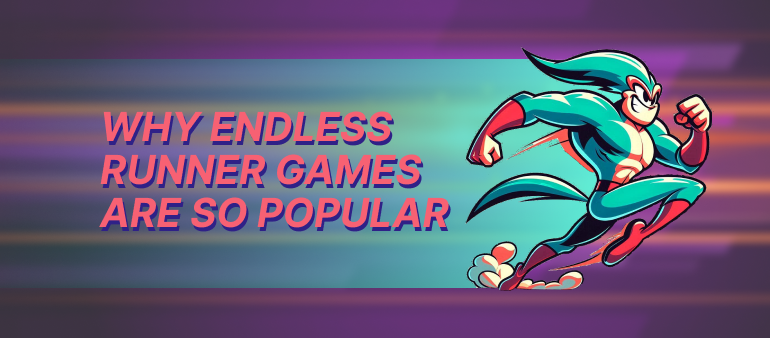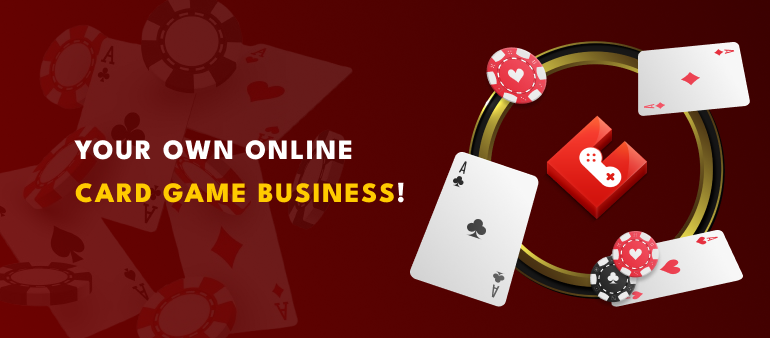The advancement of technology has enabled various sectors to flourish and develop in unimaginable ways. One area that has been able to capitalise on these developments is the gaming sector, which has created an entirely new universe for gamers. One of the latest breakthroughs to hit the video gaming market is NFTs. NFT video games are facilitating unprecedented expansion in the gaming business by providing players with an opportunity to make money while they play. With games like Axie Infinity, a top P2E title, non-fungible tokens can not only be used as abilities, characters and other virtual in-game assets but they can be bought and sold for real money. This allows even casual gamers to turn gaming into a living. As stated by the globe newswire, NFT sales have risen from $100 million in 2020 to $3 billion in 2022 and are expected to reach $13.6 billion by 2027.
Before we understand how NFT video games might work, first let’s understand what exactly are NFTs in games.
What are NFTs in games?
NFTs or Non-Fungible tokens are blockchain-based tokens that are used to represent virtual assets or items in video games. They are one-of-a-kind and transferable on digital platforms, meaning each token is unique and can be traded between players. This indicates that every token will have its own value on the market based on its utility, scarcity, and demand.
NFTs are used by developers to generate unique assets in their games. They can use these tokens to make every item in their games non-transferable, resulting in a rarity-based economy. NFTs, like other cryptos, can be bought, sold or traded and are stored in a digital wallet. Let’s assume you are playing a game where you can gather and trade items like shields, armour and swords. If the objects were fungible, gamers might trade their shields for swords or vice versa. However, if the objects were NFTs, every shield and sword would be unique, allowing the players to trade among themselves rather than relying on a third party to facilitate the transaction.
Non-fungible tokens are popular with collectors since they are exclusive and cannot be replicated. They can represent anything, from in-game assets to original works of digital art.
What makes NFTs valuable?
Ownership
In traditional gaming environments, the in-game items can only be used within the game itself and the values of the trading items were never determined and defined. In comparison, tokenized assets turn that notion by giving a player actual ownership of the asset. Players who buy any in-game assets can save them and trade with other users. Furthermore, physical ownership provides greater incentives to play a blockchain-based game and can also be a reliable source of revenue.
Scarcity
As NFTs are both unique and secure, this means they can produce value through scarcity. Most NFT projects mint a limited number of NFTs as a part of their collection. Therefore, once the original collection is sold, you will only acquire NFTs through the resale market. Of course, buying through resales will be more expensive as the previous owners will sell them for a profit, therefore, increasing the value of the NFT.
Rarity
Another factor to consider which raises the value of NFT in video games is its rarity, which makes NFT assets unique. This means that rare or unique NFTs can significantly boost the value of well-known NFT collections. One technique for increasing the token’s value is to market some NFTs as “limited edition” collections, as many investors enjoy possessing something that no one else does.
Furthermore, there are certain non-fungible tokens that are more distinctive than others. An excellent instance of this is the Bored Apes from Bored Ape Yacht Club. Because of its uniqueness, this limited collection of cartoon monkeys has become one of the well-known NFT collections. With just 10,000 unique tokens in the collection, they are in limited quantity, which adds to the scarcity and NFT rarity that drives their worth.
Utility
The utility is the value of an asset that it gives to its owner. The value of NFT is determined by the number of possible uses for which an owner can use it for their means. The majority of cases revolve around gaming, PFP, metaverse, fashion, etc. Presently, games are the ones doing the best in terms of utility. Games like NeoTokyo, Axie Infinity, etc., have a P2E policy that has made them popular. PFPs like Bored Ape Yacht Club and CryptoPunks have surged in value as more celebrities, and powerful figures buy them. The more useful an asset is, the more profitable it will be. This is because users are ready to pay a higher price for assets that provide more benefits.
How NFT video games might work?
Large firms, particularly in gaming, see NFTs as a way to generate a consistent revenue stream from digital content. The popularity of games based on blockchain has shifted the attention of users from conventional gaming systems. Tokenizing in-game assets in blockchain games is the cherry on the cake, making the game transferable and profitable. Traditionally, when users purchase anything in a game, the ownership of the asset does not go to them; rather, they are retained by the game developers. However, in the digital realm, players can buy anything using NFTs. They become the legal owners of the in-game assets and trade or resell them in the marketplace for additional in-game currency.
Let’s take an example of a unique Fortnite skin available in NFT. A player might be the first to unlock this in-game asset and claim ownership. Once the possession of the skin in-game is taken, the token for that asset can be resold to the highest bidder, which does not become the NFT owner as the ownership remains with the first player. The owner can make a fortune by selling the in-game asset. The same holds for the subsequent buyers of the same NFT, and the owner would continue to get the royalty amount. As a result, NFTs provide profitable trading.
Conclusion
The gaming sector has undergone a fundamental transformation thanks to the perfect combination of video games, blockchain and cryptocurrencies, giving life to the NFT video game segment. The incorporation of cryptos and blockchain into a video game can be a powerful tool for growing your business and generating new revenue sources. Considering the advantages for game developers as well as players, NFT video games are projected to be a long-term phenomenon. Logic Simplified, the top game development company, offers high-quality services with skilled programmers and blockchain game developers to make your game successful and profitable. For any suggestions or queries, you can contact us or drop us an email at enquiry@logicsimplified.com.
 Get a Quote
Get a Quote

